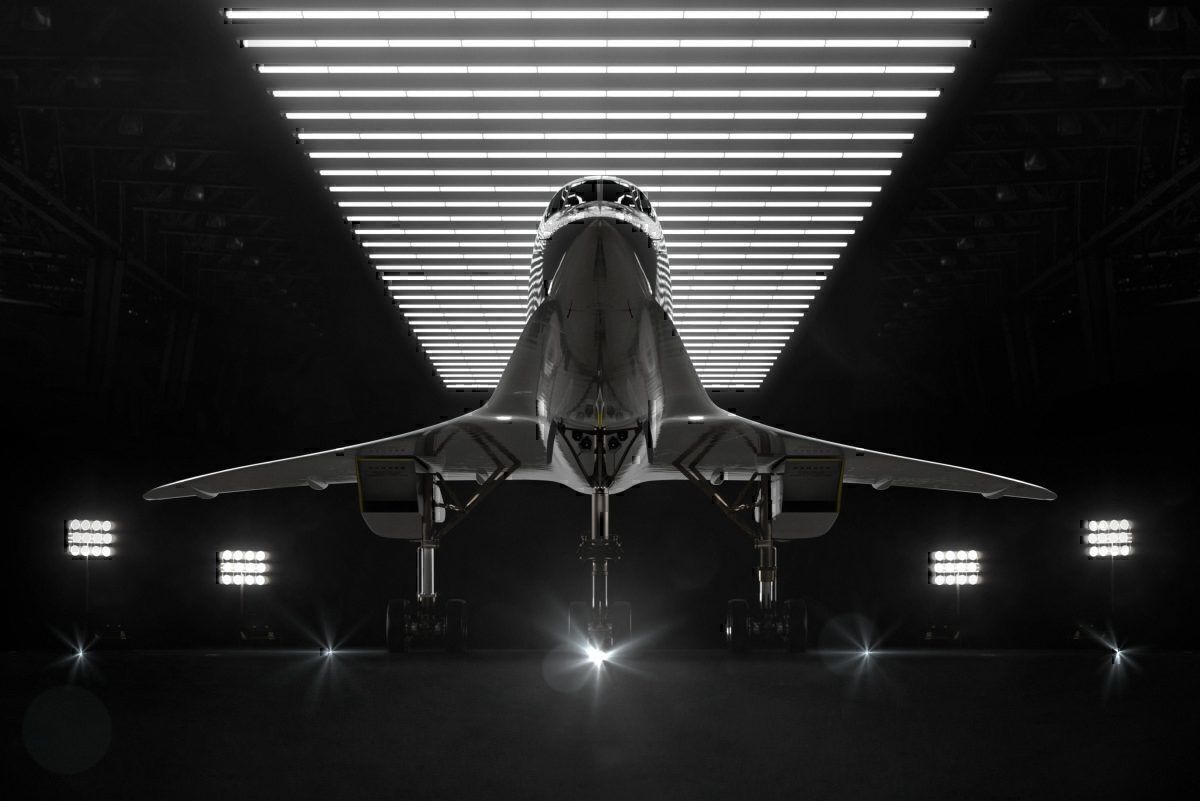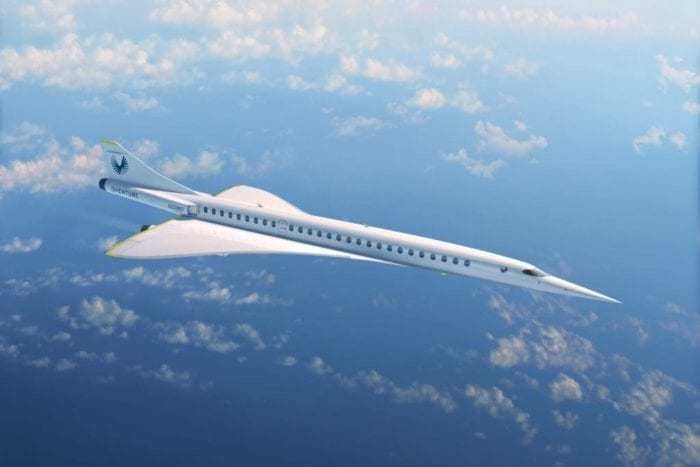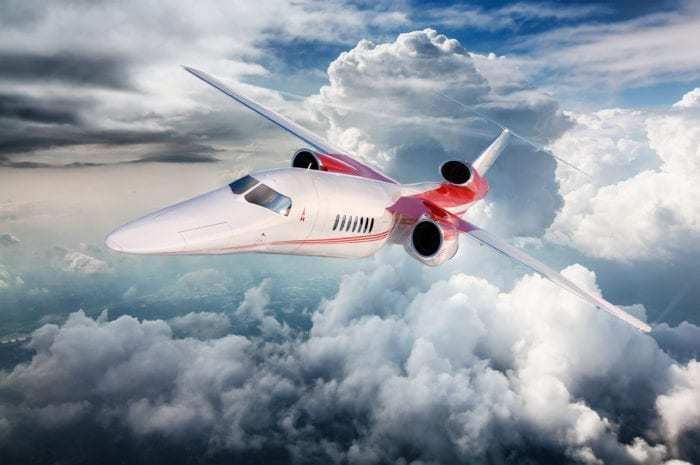In response to an FAA Notice of Proposed Rulemaking (NPRM), the Aircraft Owners and Pilots Association (AOPA) has raised concerns regarding the safety of general aviation, particularly to flights operating under Visual Flight Rules (VFR).
The AOPA’s concerns
The AOPA is especially concerned about the ability of pilots operating under VFR to ‘see and avoid’ supersonic aircraft flying in excess of Mach 1. They cite a particular risk to aircraft using VFR and flying at above 10,000 ft msl. In comments submitted in response to the NPRM, and reported by AIN Online, the AOPA said,
“Given that danger, we believe that the FAA should study whether subsonic speeds below Flight Level 180 (FL180) should be required… [The FAA] should scrutinize any overland application for supersonic speeds below FL180 that do not include effective mitigations for see and avoid.”
Visual Flight Rules or VFR are regulations under which pilots operate aircraft based on visual data. Specifically, in good weather conditions, they use visual references to the ground and see-and-avoid strategies to maintain course and avoid other aircraft. According to AOPA data, 39% of pilots fly at above 10,000 ft msl, and that 80% use VFR at least half of the time.
In addition to this, AOPA senior director of airspace and air traffic Rune Duke expressed general concern for the upholding of safety standards as supersonic flight returns to the skies. He commented that,
“It is critical that both the wake characteristics of airframes and the requisite air traffic separation standards are identified so that, in conjunction with the efficiency impact, the disruption or cost to other operators can be accurately determined.”
While the AOPA has raised these concerns as part of the consultation process, they also stress that they are supportive of the NPRM. They are keen for the FAA to continue working closely with them and other industry groups to ensure safety is maintained.
The FAA’s NPRM
Since the 1970s, civil aircraft have been prohibited from operating in excess of Mach 1 over the United States. However, operators are able to apply for special exemption, for example for testing of new types of aircraft. The rule overhaul aims to make this process easier. Speaking at the Paris Air Show this year, acting administrator for the FAA, Dan Elwell, said,
“The U.S. Department of Transportation and the FAA are committed toward the safe and environmentally-sound research and development of supersonic aircraft. We are confident in the next generation of aviation pioneers who want to open new opportunities for business, economic, and aviation growth.”
While the FAA Is not proposing to remove the ban on overland supersonic flights, they are looking to simplify the procedure for requesting special authorization for the purposes of testing new aircraft. This comes amid a renewed interest in the development of supersonic flight, including a number of projects such as Boom Supersonic’s Overture aircraft.
The FAA released the notice of proposed rulemaking (NPRM) at the end of July. Consultation is due to end tomorrow.



